Now Reading: Best Places to Visiting in Lunglei – Wildlife Sanctuaries, Scenic Hills & Cultural Spots
-
01
Best Places to Visiting in Lunglei – Wildlife Sanctuaries, Scenic Hills & Cultural Spots
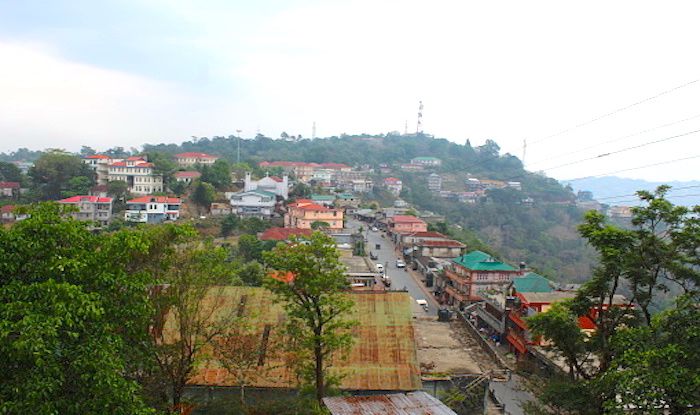
Best Places to Visiting in Lunglei – Wildlife Sanctuaries, Scenic Hills & Cultural Spots
1.Lung Milem

The southern Tawikhawthlir hill edge hides the mysterious stone figures near the peaceful Mualcheng village which stands approximately 65 km south of Lunglei in Mizoram. The local people of Mizoram call these stone figures Lung Milem meaning ‘Stone Figures’ but they have always caused endless interest to passersby.
Rock caves contain carved human shapes that present poses typical of Buddhist religious art. These structures command attention when placed on the unforgiving rocky environment where numerous important questions about them remain unanswered to this day. The creators of these peaceful natural stone guardians remain unknown. Where did their placement occur if they remained outside such inhabited Buddhist areas?
The mystery grows more intriguing because archaeologists locate no Buddhist antiquities and historic artifacts anywhere in Mizoram. The figures form an isolatedCompilation which exists alone and cannot be connected to known cultural or religious practices of the region.
Visitors as well as researchers and trekkers now visit this site to observe its silent appeal. Modern fascination has little effect on the Lung Milem relics because they exist as undocumented and unexplained artifacts from a history that has been forgotten.
2.Khawnglung Wildllife Sanctuary

The mountain Khawnglung exists nearby Pangzawl along Aizawl – Lunglei road at a 160-kilometer distance from Aizawl. Prior to its destruction a village named after this hill served as the location of a brutal mass killing that occurred between Mizo rulers during the middle of the nineteenth century. This bloody event encompasses the romantic tale of Chalkunga and Thanghniangi who suffered alongside many female adversaries captured from the raid. During their attempt to cross the flooded Tiau river while attempting to escape from the Utla tribe Chalkunga lost Thanghniangi because she was taken by the strong current away from him.
For countless ages the mountain has served as a natural refuge because its surrounding cliffs threaten a dangerous drop on all sides. The wildlife sanctuary Khawnglung received status in 2000 encompassing 35 sq.km of land that features abundant natural species particularly monkeys and birds. Visitors need to walk approximately 10 kilometers through terrain before reaching the sanctuary area.
The optimal period for visiting between October and March can be arranged by contacting the Department of Environment and Forest, Mizoram.
- Location
- 23o07’ – 23o 09’ North Latitude and 92o52’ – 92o 54’ East longitude.
- Area
- 35.75 Sq. Km
- Fringe villages
- Pangzawl, Rawpui, Bungtlang, Sialsir, Lungchhuan and Chawntui
- Officer In-charge
- The Aizawl Wildlife Section is operated by DCF, Wildlife, Aizawl through Forester/Forest Guard and Wildlife Guard personnel stationed throughout its bordering communities.
- Distance from Aizawl
- 140 km.
- Best season to visit
- October – March
3.Bungalow of Pioneer Missionaries

In 1903 the Missionaries of the British Baptist Mission Society brought back Rev F.W. Savidge and J.H. Lorrain to Mizoram at Tlabung before moving north where they established their base at Serkawn within Lunglei district. Two Bungalows rose from the missionary foundation: J.H. Lorrain’s Bungalow serves BCM General Secretary at BCM Bungalow No. 1 and Rev F.W. Savidge’s Bungalow maintains the role of keeping AGS i/c Mission at BCM Bungalow No. 2. The Mizo people received missionary evangelization through both educational programs and printed literature since the first missionaries established their work. Before his mission work Savidge demonstrated expertise in leadership identification and training as a teacher professional. Throughout his life Lorrain spent his time learning languages and wrote Christian publications while teaching the Bible.
Related articles : Top 4 Best Places to Visiting in Lawngtlai – Wildlife Sanctuaries, Caves & Cultural Gems
Stay Informed With the Latest & Most Important News
Previous Post
Next Post
-
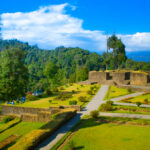 01Top 5 Best Places Visiting in Gyalshing – Monasteries, Lakes & Scenic Escapes
01Top 5 Best Places Visiting in Gyalshing – Monasteries, Lakes & Scenic Escapes -
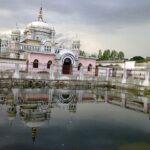 02Top 5 Best Places Visiting in Panna – Temples, Waterfalls & Wildlife Escapes
02Top 5 Best Places Visiting in Panna – Temples, Waterfalls & Wildlife Escapes -
 03Top 5 Best Places to Visit in Malerkotla – Malerkotla Fort, Sheesh Mahal & More
03Top 5 Best Places to Visit in Malerkotla – Malerkotla Fort, Sheesh Mahal & More -
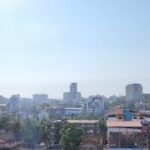 04Top 10 Best Places Visiting in Dakshina Kannad for Culture, Nature & Coastal Charm
04Top 10 Best Places Visiting in Dakshina Kannad for Culture, Nature & Coastal Charm -
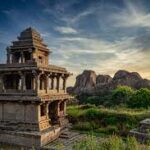 05Top 2 Best Places Visiting in Chitradurga for History, Nature & Adventure
05Top 2 Best Places Visiting in Chitradurga for History, Nature & Adventure -
 06Best Places Visiting in Shopian – Explore Top Attractions & Hidden Gems
06Best Places Visiting in Shopian – Explore Top Attractions & Hidden Gems -
 07Best Places Visiting in Narmadapuram – Temples, Waterfalls & Wildlife Escapes
07Best Places Visiting in Narmadapuram – Temples, Waterfalls & Wildlife Escapes












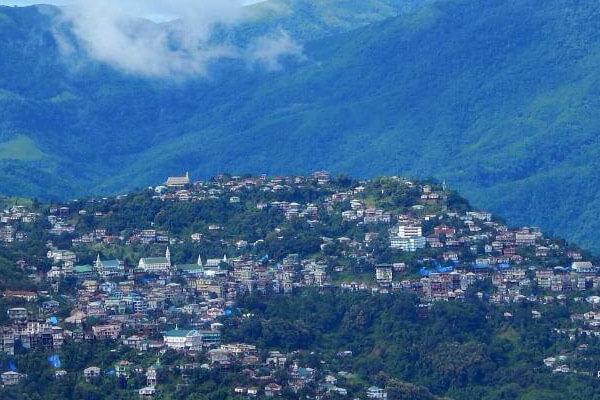

Pingback: Best Places to Visiting in Mamit – Dampa Tiger Reserve, Pukzing Cave & More